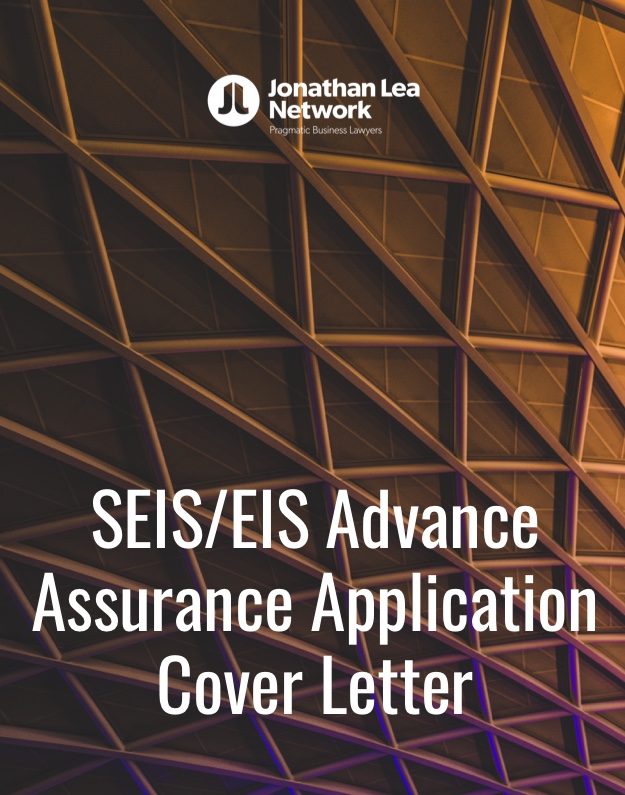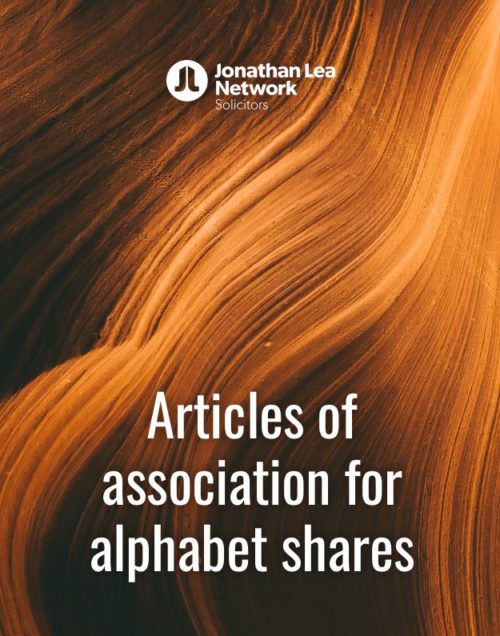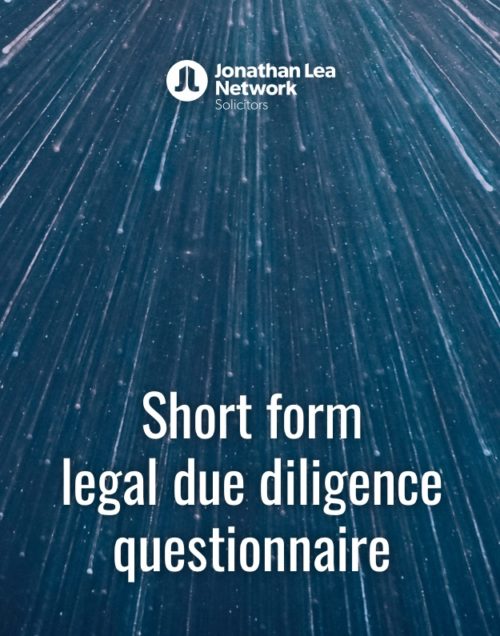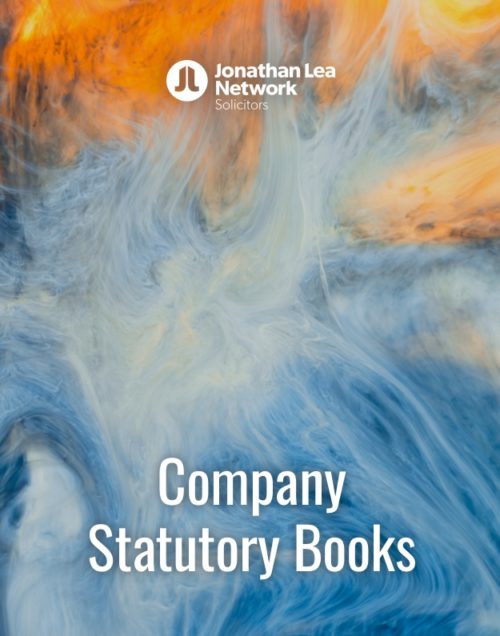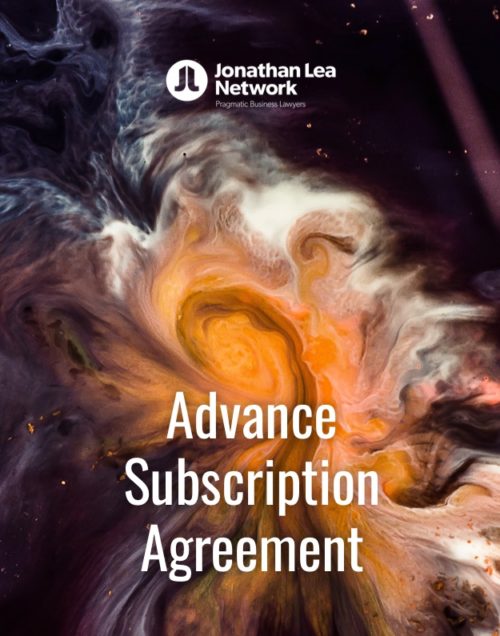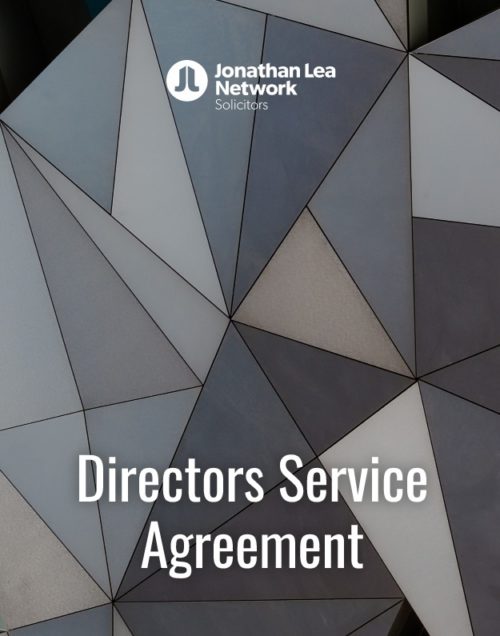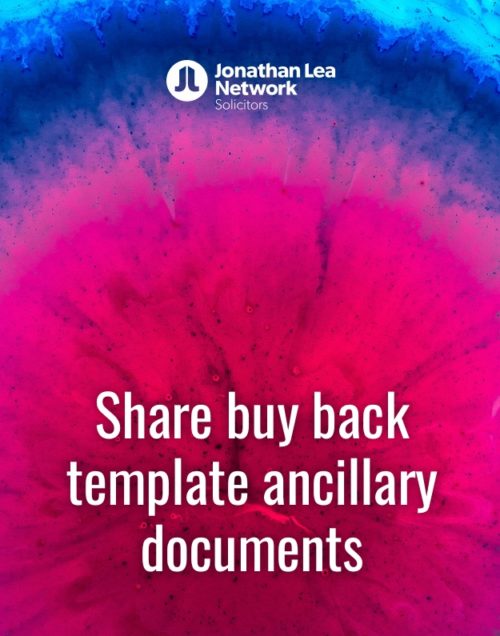SEIS/EIS Advance Assurance Application Cover Letter
£19.00
This product constitutes an easily adaptable SEIS / EIS advance assurance application cover letter template, together with a set of tailored guidance notes which provide helpful insights as to what detail to include in the cover letter so as to give your company’s application the best chance of being approved by HMRC at first attempt.
The cover letter will need to be submitted to HMRC along with all relevant supporting documents (including a business plan and completed SEIS / EIS advance assurance application form) as well as a completed SEIS and / or EIS checklist.
Further down the page are our guidance notes relating to this template which you will also receive as a separate document when you buy the product.
Guide to The Jonathan Lea Network’s Advance Assurance Application Cover Letter Template
This guide aims to set out how to explain the key points and information to be included within our advance assurance cover letter template.
Our cover letter template can be used when submitting an application for advance assurance pursuant to either the Seed Enterprise Investment Scheme (‘SEIS’) or the Enterprise Investment Scheme (‘EIS’), or both.
We have drafted the template so that it sets out the most important information that HMRC require in order to consider an application for advance assurance. The cover letter will need to be submitted alongside all necessary supporting documentation, including the SEIS and / or EIS checklist(s) which were introduced by HMRC in October 2019.
Cover Letter Breakdown
As a matter of good presentation and practice, you should ensure that the covering letter is submitted to HMRC on the company’s headed notepaper / letterhead, as this helps to give the application a professional touch.
You should identify the company by name and include its company number in bold at the top of the letter so that HMRC can quickly identify the company making the application. You should then confirm whether the application for advance assurance is being made to SEIS, EIS or both.
One of the most important documents that you must submit along with the application is a business plan or pitch deck, which explains the company’s business. We have included the optional wording of an executive summary in the cover letter given that, in our experience, HMRC have accepted brief (i.e. one or two page) summaries of the business.
HMRC have recently issued guidance on writing business plans and they even provide business plan and cash flow forecast templates via the link provided. Note that it is a requirement for the business plan submitted as part of the application to include financial forecasts (for example, cash flow forecasts for three years).
The company’s articles of association will be available for download from Companies House and must be sent to HMRC as a supporting document.
The company must also send HMRC an expenditure spreadsheet detailing where the investment monies will be spent. If, for example, the company is aiming to raise £1,000,000, then the expenditure spreadsheet must provide a breakdown of how that £1,000,000 raised will be spent (i.e. on marketing, staff recruitment costs etc).
In order to prevent the submission of ‘speculative applications’ from companies that have no real prospect of raising investment, HMRC require the company to provide names and residential addresses of potential investors. We would recommend that the company provides two names and addresses to HMRC, which in our experience has proved adequate for HMRC’s purposes.
Please note that naming the investors within the covering letter presents no form of contractual commitment on their part and it is of no consequence if such named investors do not then go on to invest in the company and subscribe for shares.
Along with naming the investors in the covering letter, we also recommend that the company obtains confirmation emails from those named investors which affirms their interest in investing in the company. Such emails could be worded as follows:
“Dear [NAME OF FOUNDER]
I hereby confirm my intention to invest in [NAME OF COMPANY], subject to the company receiving [SEIS] and / or [EIS] advance assurance from HMRC”.
Note that it is not a requirement to send HMRC such confirmation emails from investors, although we find that is beneficial to applications if such evidence can be provided by the company.
As stated in the introduction to these guidance notes, late in October 2019 HMRC introduced new SEIS and EIS checklists which must be submitted to HMRC along with every application for advance assurance. The purpose behind introducing these checklists is to ensure that the correct information is provided first time round and so as to avoid HMRC having to revert back with further questions (which can significantly delay the advance assurance process).
The SEIS and EIS checklists can be found in HMRC guidance manuals VCM60280 and VCM60180 respectively.
The Business
In this section of the cover letter you must briefly explain the nature of the company’s trade / business. This doesn’t need to be a lengthy description but should be enough to give HMRC an indication as to what the company does so that they can determine whether or not the company carries on an SEIS / EIS qualifying trade.
This section is effectively a prelude to the information relating to the company and its trade which should be contained within the company’s business plan.
Fundraising & Expenditure
This section should state how much the company is intending to raise, which will also be confirmed within the advance assurance application form.
Note importantly that you must provide HMRC with a definitive figure which reconciles with the business plan and financial forecasts provided as supporting documents. HMRC will not accept applications stating vague figures such as ‘up to £150,000’ or ‘approximately £100,000’.
You should then briefly explain how the investment monies will be spent, and such explanation should reconcile with the separate expenditure spreadsheet being provided.
This section should also confirm that the company will enter into SEIS / EIS compliant subscription documentation when closing the round (for example, subscription agreements which confirm that the investors are subscribing for ordinary shares in the company with no preferential rights to dividends).
Incorporation & Trade Commencement
This section should confirm the date that the company was incorporated as well as the date that the company first began trading (if different).
The two-year qualifying period for SEIS and seven-year qualifying period for EIS begin to run once the company has actually started trading. So, if your company was incorporated in 2010 but was dormant and didn’t begin trading until 2015, it will still come within the seven-year ‘basic age condition’ applicable to EIS companies. In such a case, HMRC would probably want to see accounts filed for a dormant company at Companies House to support this.
HMRC’s guidance manual VCM8151 states that “The first commercial sale is defined by reference to the European Commission’s Guidelines on State aid to promote risk finance investments. Paragraph 52(xi) of the Guidelines defines a first commercial sale as ‘the first sale by an undertaking on a product or service market, excluding limited sales to test the market’”.
VCM8151 goes on to say that “In most cases the date of the first commercial sale is likely to be at or around the time the company starts to trade but in some cases it may be later than the date the company starts to trade. A company may use the date of commencement of trade, or the date the business was started, rather than the date of the first commercial sale for the purposes of applying the maximum age rules if it wishes. The date of commencement of trade and the date the business was started will always be a date earlier than, or the same date as, the first commercial sale. It follows that using the date of the first commercial sale provides a more generous timescale for companies able to identify that date”.
Usefully, the guidance manual also provides various examples to illustrate the concept of the first commercial sale for a start-up company where the company has no subsidiaries and has never traded through a business which it acquired from another person. Example 16 provides as follows:
“Company A is incorporated on 1 January 2015 to carry out domestic roofing work. The company’s first supply to a customer is on 31 March 2015. The company builds up its expertise and reputation and in September 2020 it wants to expand into roofing historic buildings. It needs money to engage specialist staff and buy new tools and equipment. Its first commercial sale was on 31 March 2015, less than 7 years earlier. The company meets the age condition”.
HMRC are also keen to understand how the company will generate its income. It is in this section that you should explain this and detail the company’s revenue streams. This information is required to satisfy HMRC that the company making the application isn’t effectively acting as a ‘shell’ and that it has plans in place to generate revenue via carrying out its business activities.
Risk-to-Capital Condition & Qualification
This is one of the most important sections of the cover letter and should be carefully drafted. The risk-to-capital condition was introduced late in 2018 and comprises two parts (and an investment must meet both parties), which are as follows:
- a) the company in which the investment is made must have objectives to grow and develop over the long term; and
- b) the investment must carry a significant risk that the investor will lose more capital than they gain as a return (including any tax relief).
You will therefore need to make persuasive arguments in the cover letter that the company meets both parts of the risk-to-capital condition. The wording in the first paragraph of this section has proved sufficient from our perspective in terms of satisfying HMRC that the company meets part a) of the condition.
In the second paragraph you should explain how the investment monies being raised pursuant to SEIS and / or EIS will be used to promote the growth and development of the company. This is necessary in order to satisfy HMRC that the company is a ‘genuine growth company that meets the risk-to-capital condition’.
For example, if the company is using the investment monies to open new sites (if it is a restaurant / bar business), you could explain that as the investment monies are being put towards the fit-out of the new sites and recruiting further employees at those sites (if this is the case), the investment monies will allow the company to begin growing its presence in the market and help it generate additional revenues accordingly (which will undoubtedly contribute to the company’s growth and development).
In the final paragraph of this section you should detail how the company meets pat b) of the condition. This means you have to demonstrate that the investor’s capital is significantly at risk and that they stand to lose more capital than they gain as a return (including any tax relief) on an investment in the company.
It is not enough to simply state that the investor’s capital is significantly at risk, you must provide persuasive arguments to support this statement. For example, you could mention some of the company’s competitors by name and state that the company is entering a highly saturated market which may struggle to attract and retain customers and thereby deliver on its revenue projections.
If the company’s trade is based on a product that is not patented / trademarked then you could make the argument that a successful competitor solution could emerge and force the company out of the market (i.e. by undercutting the company on prices / fees or by providing a more effective solution to the problem that the company is attempting to solve).
As a further point, you could state that the abovementioned risks are compounded by the fact that the investors are putting money into a private, unquoted company, meaning that it is difficult to obtain background information on the company and to fully gauge the level of risk involved.
In addition, there is no opportunity to readily sell or dispose of shares held in a private limited company for any form of valuable consideration (given that there is no proven market for unquoted shares).
The above are only ideas that could be used to bolster this section of the cover letter and in any event it will need to be tailored to reflect the company’s position.
Register of members
One of the documents that HMRC requests is a copy of the company’s register of members (i.e. a list of all current shareholders and their shareholdings).
This section should only be included where the company does not have a huge shareholder base, which is often the case where the company is a new start-up that only has one or a few founding shareholders / directors.
If the company submitting the application has more than ten shareholders at the time of submitting the application then this section of the cover letter should be omitted and the register of members should be provided as a separate supporting document.
Tax-advantaged investments
This section confirms that the company has not previously received any tax-advantaged investments and so should only be worded as suggested in our template where this is the case.
We often find that companies who are raising investment pursuant to SEIS / EIS have usually not previously received any tax-advantaged investments.
If, however, the company has received any government grants or any loans which could constitute ‘State Aid’, then this should be set out in this section of the cover letter.
Investor Intention
In this final section you should set out the names and residential addresses of the potential investors in the company (preferably two names and addresses). As explained above, this demonstrates to HMRC that the company is not submitting a ‘speculative application’ and that there are individuals genuinely intending to invest in the company and assist with its fundraising.

